Exploring the History and Mystery of the Atlantic Wall and its Bunkers
During World War II, Nazi Germany built a massive fortification system along the coast of Western Europe, known as the Atlantic Wall. The wall was designed to prevent an Allied invasion of the continent, and it consisted of bunkers, gun emplacements, and other defensive structures stretching for thousands of miles along the coast. Today, the remnants of the Atlantic Wall still stand as a testament to the ingenuity and brutality of the Nazi regime.
One of the most intriguing features of the Atlantic Wall is its network of bunkers. These were underground structures built to protect soldiers and equipment from Allied bombs and artillery. Many of these bunkers have since been abandoned, and some have even become tourist attractions. In this post, we will take a closer look at the history and mystery of the Atlantic Wall and its bunkers.
To fully understand the significance of the Atlantic Wall, it's important to consider the context of the war in which it was built. Following the evacuation of Allied troops from Dunkirk in 1940, the Germans began planning for an invasion of Britain. When that invasion failed to materialize, they turned their attention to fortifying their own coastlines against a possible Allied invasion.
Construction of the Atlantic Wall began in earnest in 1942. The wall was designed to be a formidable barrier, with concrete bunkers, anti-tank barriers, minefields, and other obstacles making it difficult for Allied forces to land on the beaches. By the time of the D-Day landings in 1944, the Atlantic Wall stretched for over 2,000 miles, from Norway to Spain.
One of the most famous bunkers of the Atlantic Wall is the Mammut bunker in Denmark. This massive structure was designed to house a naval artillery battery, and it was one of the largest bunkers ever built by the Germans. Today, the bunker is a popular tourist attraction, with visitors able to explore the labyrinthine passageways and rooms deep beneath the ground.
Another well-known bunker is the Batterie Todt in France. This complex was built to protect the port of Calais and housed some of the largest guns ever built by the Germans. The bunker was heavily bombed during the war, but much of it still stands today. Visitors can explore the dark, cramped tunnels and imagine what it must have been like to be a soldier stationed there during the war.
While many of the Atlantic Wall bunkers have become tourist attractions, others remain shrouded in mystery. There are rumors of secret tunnels and hidden rooms within some of the bunkers, and some people believe that the bunkers were used for more than just defense. There have been reports of occult activity and secret experiments being carried out in the bunkers, adding to the eerie atmosphere that surrounds them.
One such bunker is the Bunker Valentin in Germany. This massive structure was built to manufacture U-boats, but it was never completed due to Allied bombing. Today, the bunker is abandoned and inaccessible, but rumors persist of strange happenings within its walls.
Exploring the Atlantic Wall bunkers can be a thrilling and even eerie experience. The dark, claustrophobic spaces and the knowledge of the horrors that took place during the war can make visitors feel like they're stepping back in time. But it's also important to remember the historical significance of these structures and the sacrifices that were made to build and defend them.
The Atlantic Wall and its bunkers serve as a reminder of the brutality and devastation of World
 |  |  |
 |  |  |
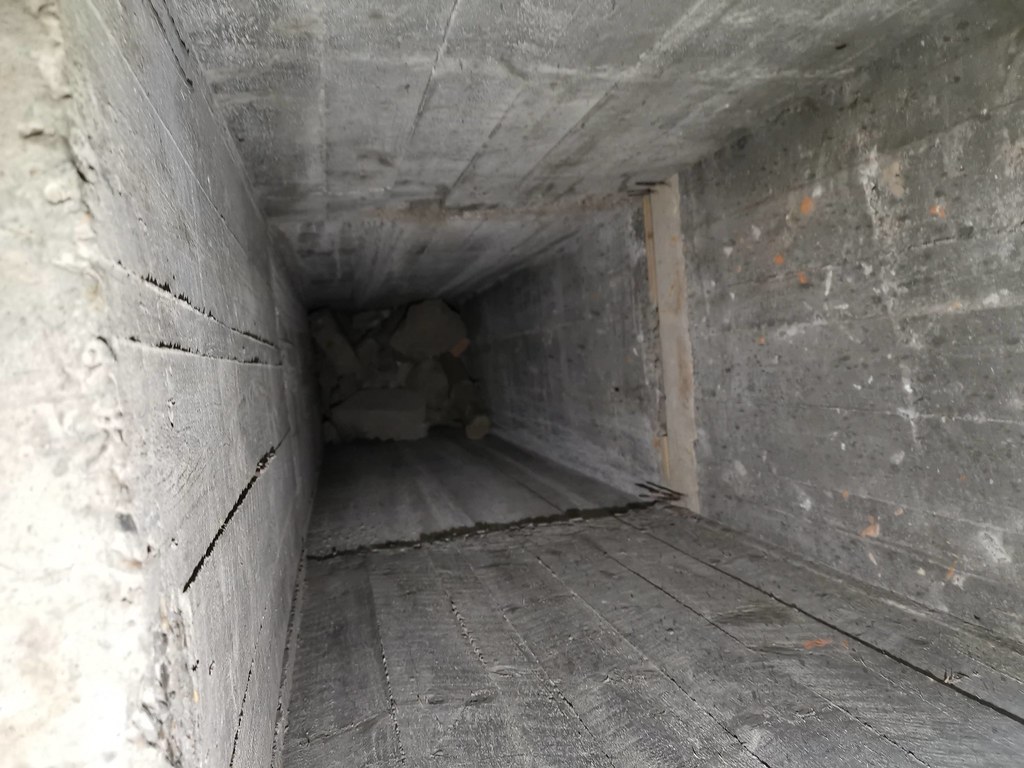 | 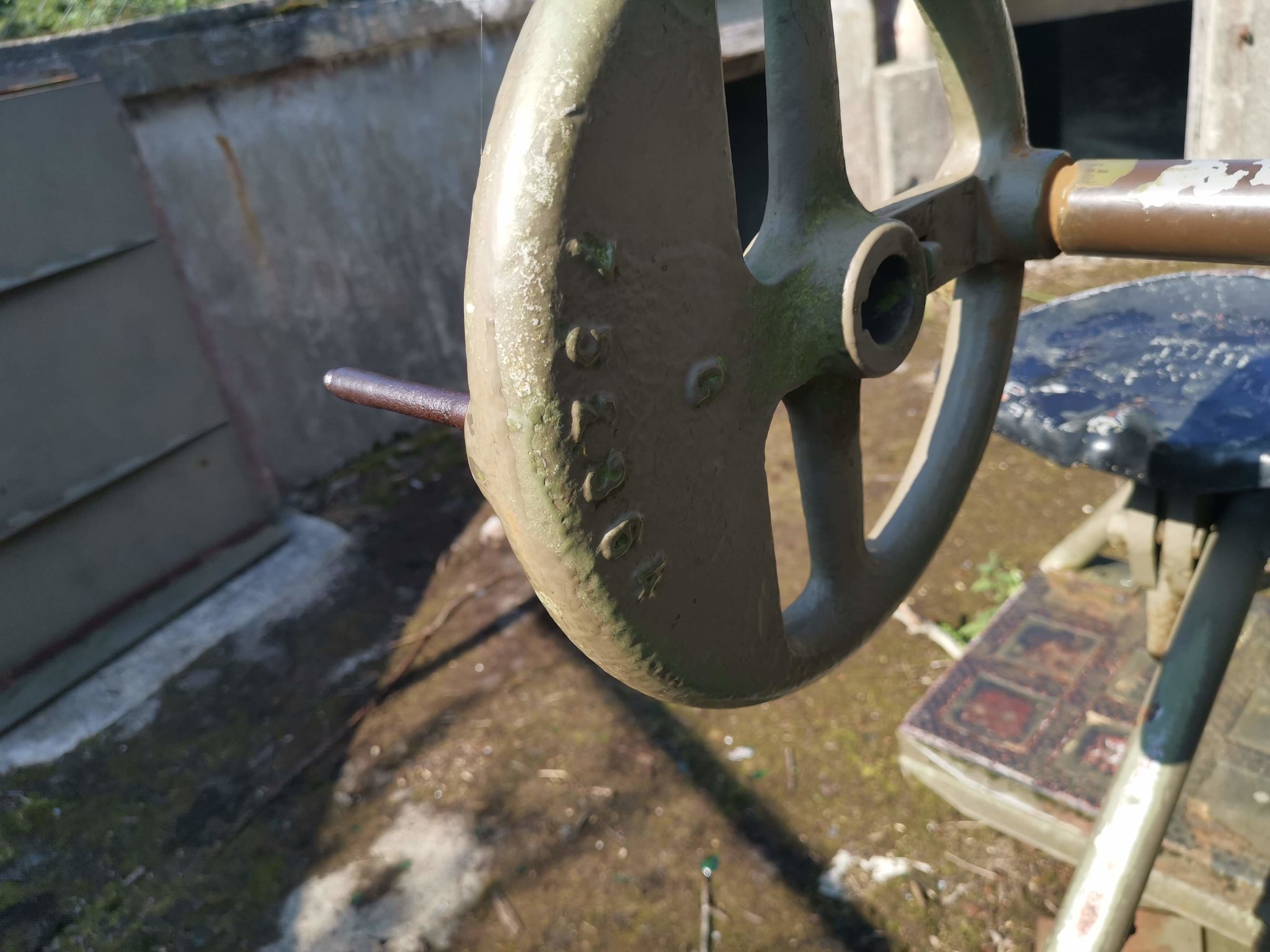 |  |
 |  |  |
 |  |  |
 |  |  |
 |  |  |
 |  |  |
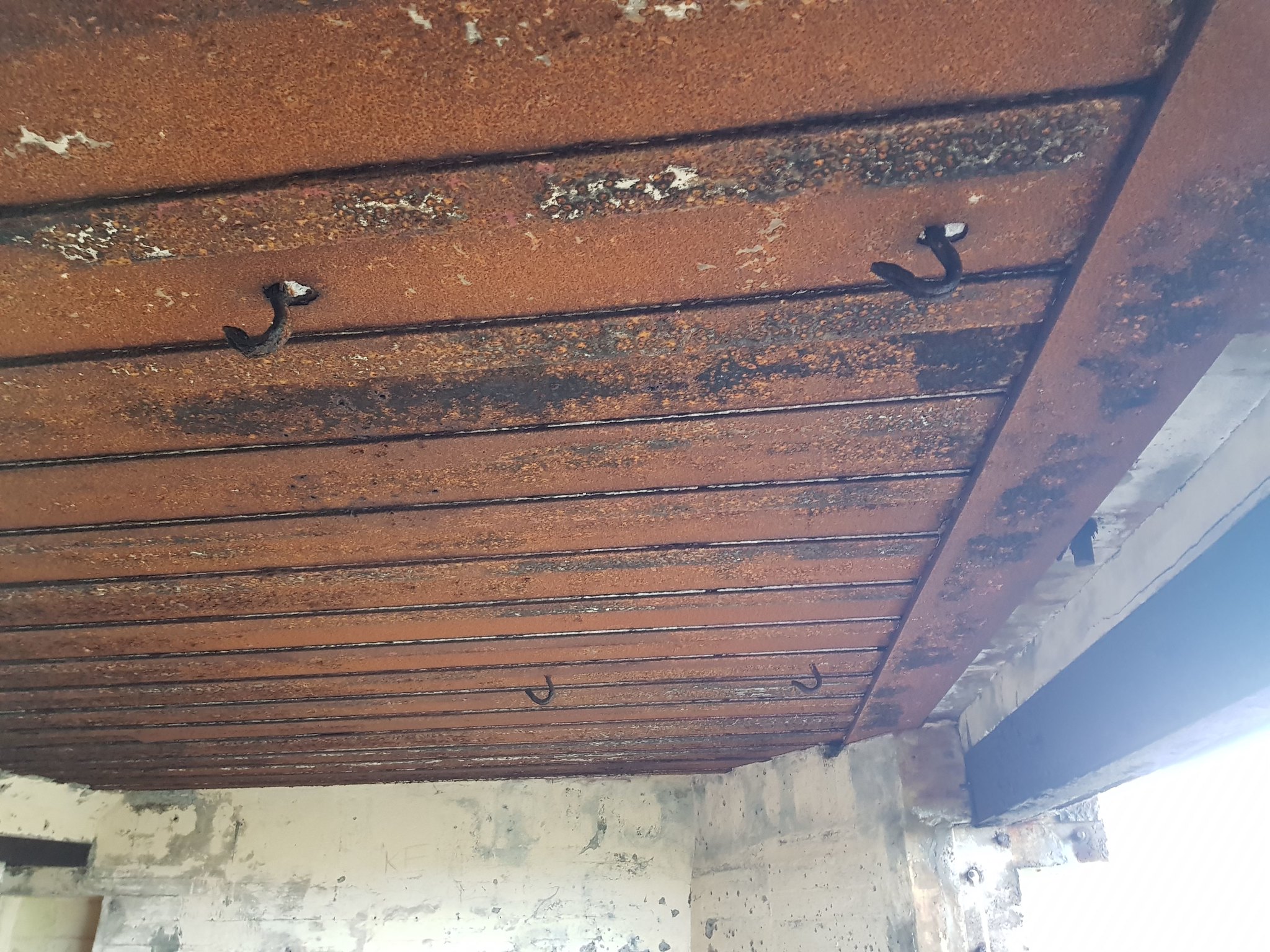 |  | 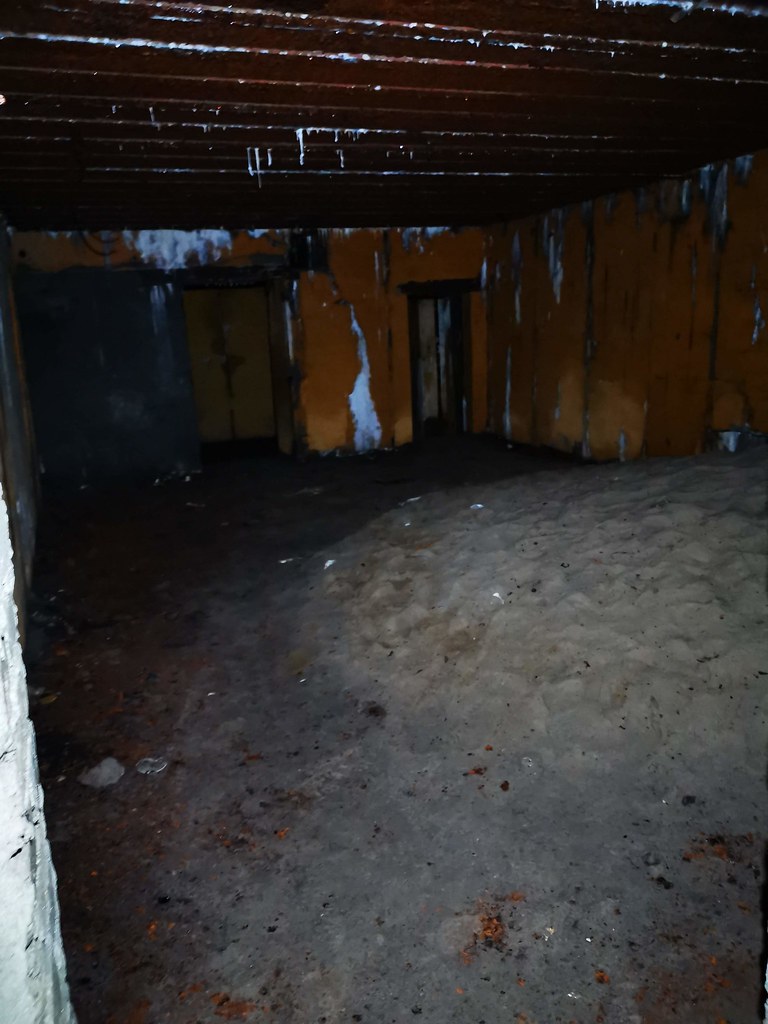 |
 |  |  |
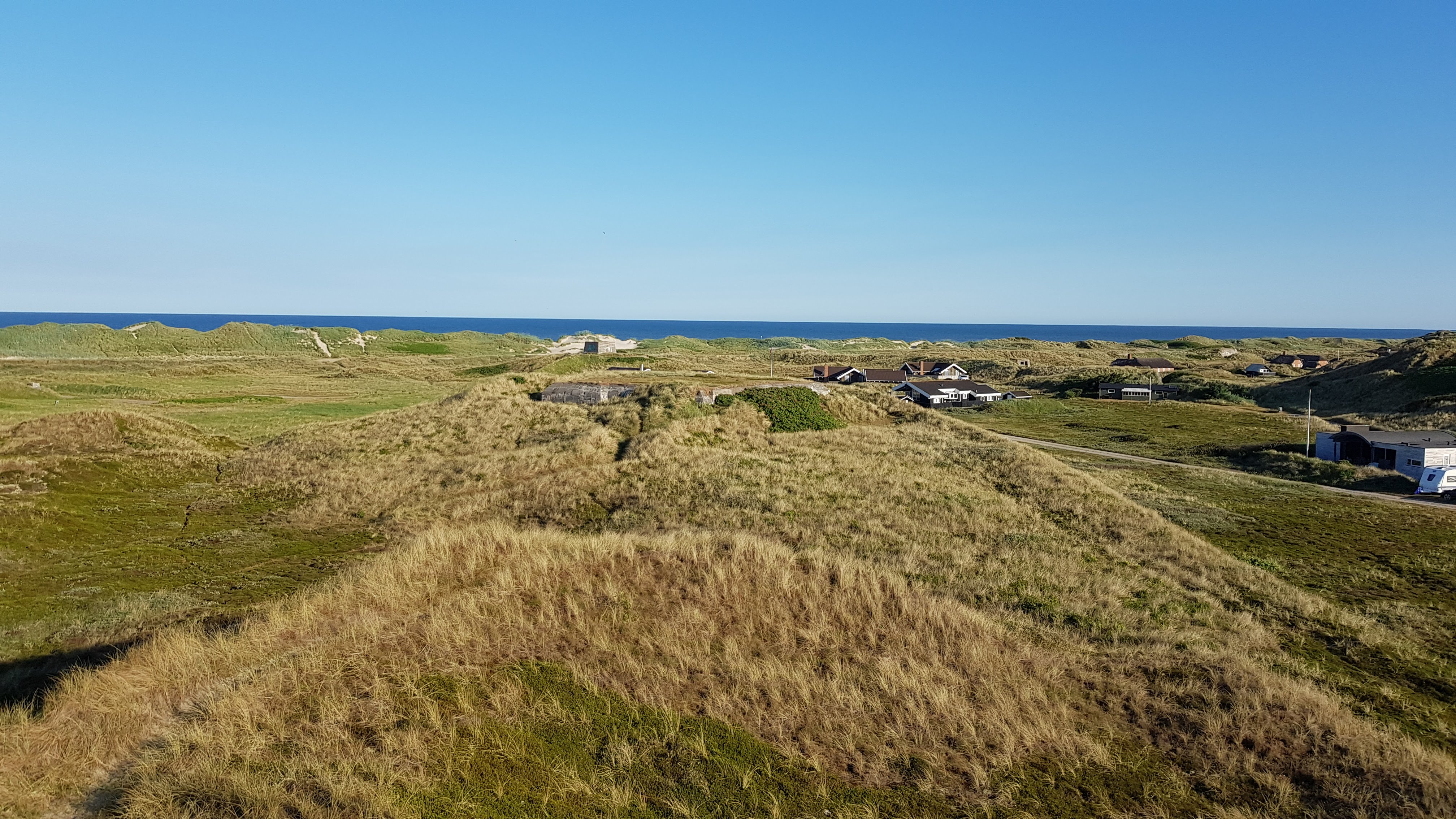 |  |  |
 |  |  |
 |  |  |
 |  |  |
 |  |  |
 |  |  |
 |  |
Watch on TikTok
Pinterest boards

Museum Opens at Atlantikwall
The Atlantic Wall is a fortification stretching from Spain to the top of Norway. It was ordered built by Hitler in an attempt to prevent a British invasion of Germany.

WW2 Nazi bunkers stand the test of time
-Defensive fortifications -Construction of the Atlantic Wall began in September 1938, but did not complete until September 1943-A string of forts and coastal gun batteries was constructed to guard access to allied ports-Huge obstacles that.

Regelbau is a type of bunker.
Pain: The horrors of war are too often forgotten. Agitate: World War Two was a time of great suffering and loss. Solution: Visit our World War Two Bunker Experience to learn more about these fortifications that played a pivotal role in the war.

The fortifications were destroyed by the
The Atlantic Wall is a fortification stretching from Spain to the top of Norway. It was ordered built by Hitler and it is a fortification that has been used in many wars. It is a very famous place and it is a place that many people want to visit.

The Atlantic Wall, a World War II fortification ☆
It's been said that bunkers prove 'just in time manufacturing' could lead to the largest of all time. Millions of people on the East coast of the U.S. have bunkers that offer independent protection from the ‘doomsday.

Escape the Norm with our Atlantikwall Museum
The Atlantic Wall was the name given to the fortifications built along the French coast between 1943 and 1944 to protect the country from an Allied invasion.

The Regelbau 300mm steel pole
-The Atlantic Wall was Hitler's fortifications that were the cornerstone of the Fortress Europe defences against Allied invasion-Hitler's defences would stop an Allied invasion.

Find some of these bunkers for sale in your area.
Problem: The Atlantic Wall was a system of fortifications built by Nazi Germany along the coast of France and the Netherlands during World War II. Promise: The Atlantic Wall was a system of fortifications built by Nazi Germany along the coast of France and the Netherlands during World War II. Proof: The Atlantic Wall is a reminder of the horrors of war. Proposal: Customer Proposal The Atlantic Wall is a reminder of the horrors of war.

Huge belt of tunnels and fortifications. ★★★★★
Pain: The Atlantic Wall was an extensive system of coastal defences and fortifications built by Nazi Germany during World War II. Agitate: It was meant to protect Nazi Germany and its allies from an Allied invasion. Solution: Learn more about the Atlantic Wall and how it helped Nazi Germany.
Related Sites:
- findouthowthegermansfoughtww2 blogspot com
- supportpointsandtheregelbauprogram blogspot com
- in the moscow winter of 1941 blogspot com
- fourmassivenazibuiltbunkersnearcalais blogspot com
- abandonedworldwariibunkers blogspot com
- germandefenseprogrambeganin1942 blogspot com
- learnwhathappenedinww2 blogspot com
- itfellduringthenormandylandingsof1944 blogspot com
- explorethebunker blogspot com
- preparefortheworstandbuyabunkernow blogspot com
- hitlers atlantic wall ww2 history
- the walls had more than 30000 bunkers
- builtbynazigermany blogspot com
- bunkermilitarytrainingsiteandwall blogspot com
- thebunkerthatneverwas blogspot com
- the atlantikwall in raversyde blogspot com
- theislandwasonlyliberatedoncein1944 blogspot com
- nazigermanybuilttheatlanticwall blogspot com
- germany germanys defeat and defeat of
- established in 1939 the atlantikwall is the best
- comeexplorearchaeologyonbunkerhill blogspot com
- concrete bunkers built up and down
- the german coast guard in norway during wwii
- Boards | Pinterest
- see the abandoned bunkers blogspot com
- thestandardregelbauis280ftby280ft blogspot com
- abandonedbunkerinfrance blogspot com
- key historical event in wwii blogspot com
- bunkers can now be utilized blogspot com
- the atlantikwall in europe
- longestlineoffortificationseverbuilt blogspot com
- itbeganconstructionin2022 blogspot com
- received in germany until end of world
- abandoned bunker near my home blogspot com
- the fortification was a major tool of nazi power
- two types of regelbau blogspot com
- animalsstillinthebunker blogspot com
- Profile | Pinterest
- a wwii survey of the atlantic blogspot com



















































































Comments
Post a Comment